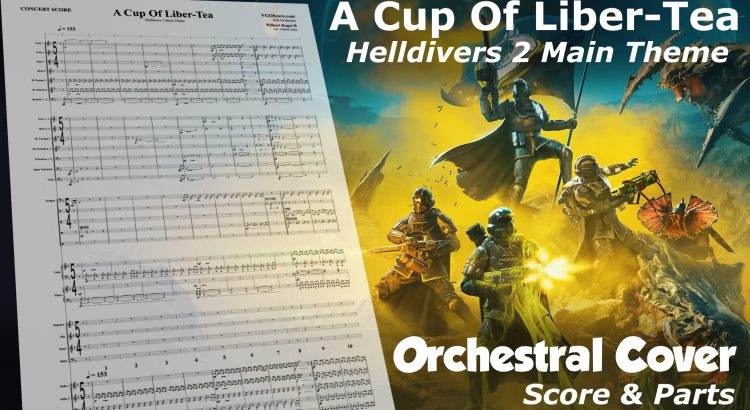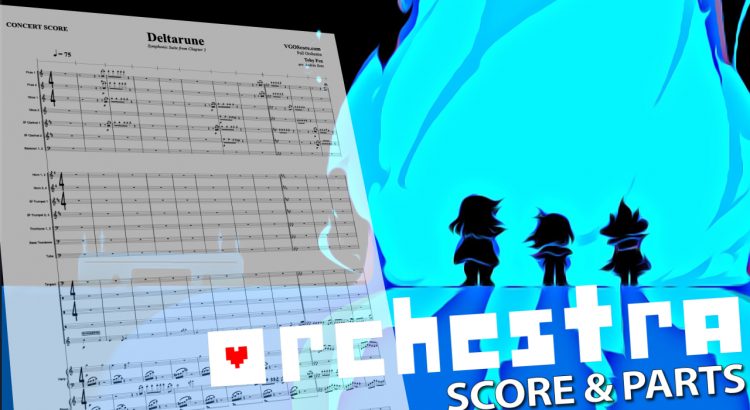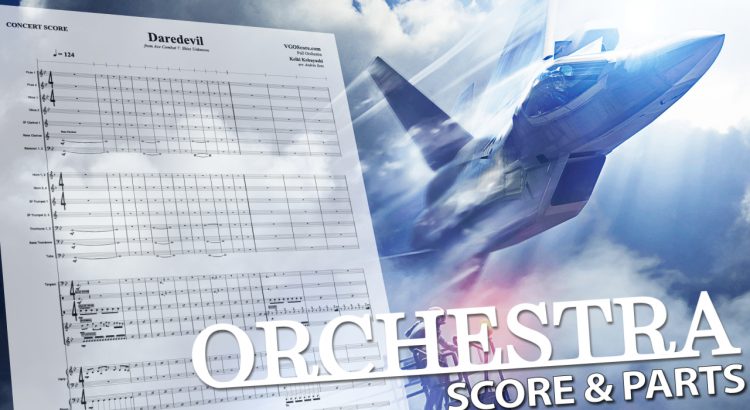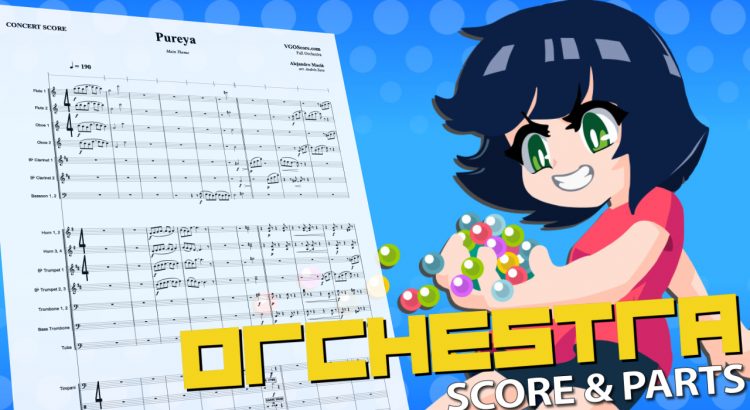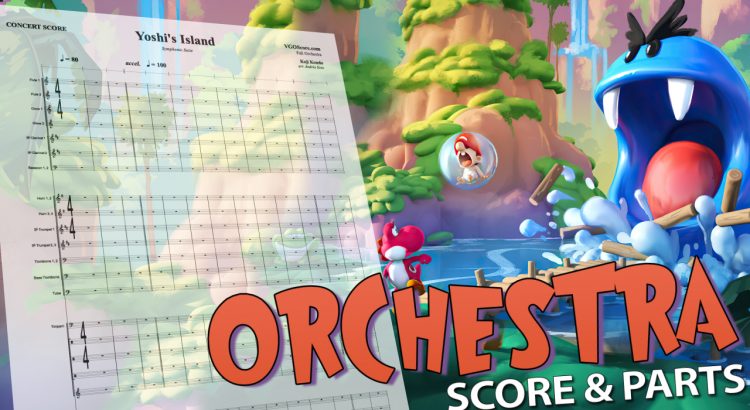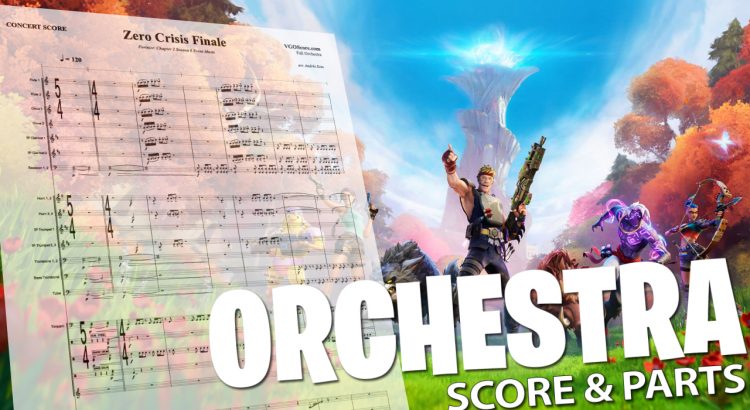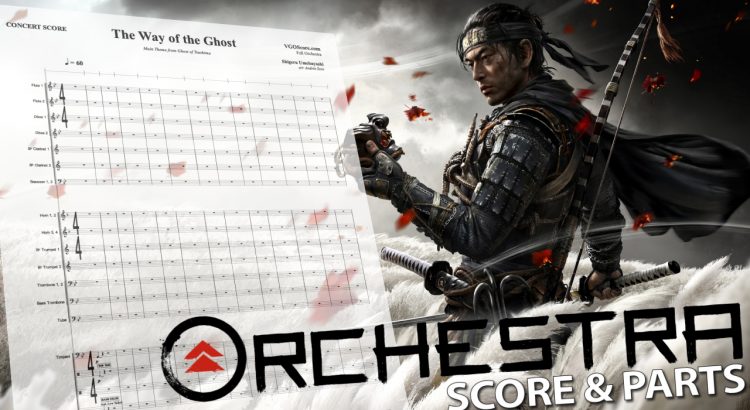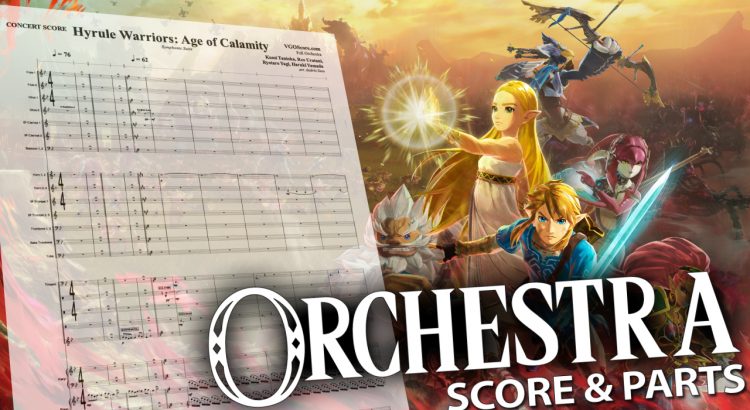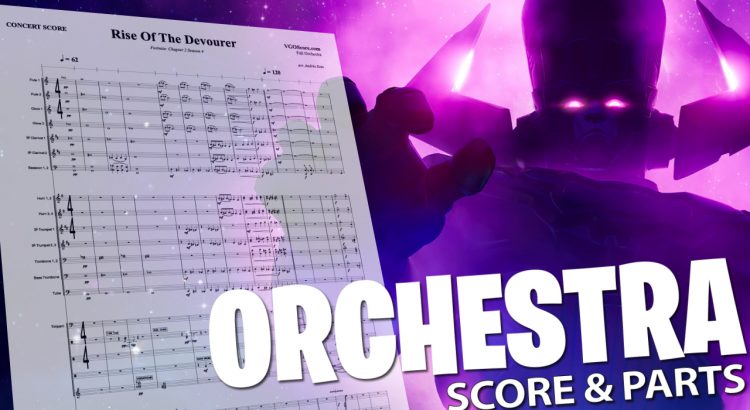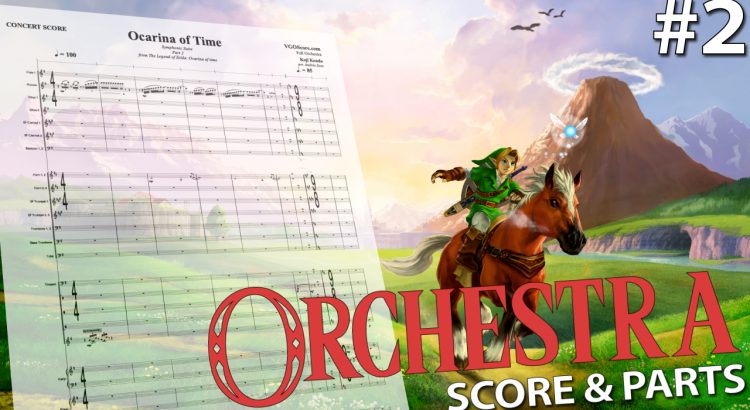“A Cup Of Liber-Tea”
from Helldivers 2
Composer: Wilbert Roget II Arrangement: Andrés Soto
In the vast expanse of video game music, few pieces capture the essence of their narrative world as intricately as Wilbert Roget II’s “A Cup Of Liber-Tea,” the main theme for Helldivers 2. This composition not only serves as an auditory beacon guiding players through the game’s interstellar conflict but also as a sophisticated narrative device that encapsulates the dual nature of heroism and the harsh realities of war. Through a detailed analysis, we’ll explore how Roget II’s masterful orchestration, thematic development, and rhythmic complexity coalesce to form a piece that is both emotionally resonant and intellectually stimulating.
The Majestic Opening and Its Symbolism
“A Cup Of Liber-Tea” begins with a bold, brass-dominated melody, reminiscent of a call to arms, evoking the grandeur and larger-than-life propaganda typical of militaristic societies. This introduction sets a tone of nobility and duty, preparing the listener for an epic tale of sacrifice and heroism. The five to six-note trumpet melody serves not just as a musical motif but as a thematic cornerstone, representing the game’s overarching narrative of noble pursuit and the gravity of the Helldivers’ mission.
Rhythmic Ingenuity and Textural Contrast
One of the most fascinating aspects of “A Cup Of Liber-Tea” is its use of rhythm and meter. The composition employs a 5/4 time signature, which is relatively uncommon in both classical and popular music genres. This choice adds an element of unpredictability and tension to the piece, reflecting the constant peril faced by the Helldivers. The rhythmic complexity, especially the polyrhythmic interplay between sections, enhances the music’s sense of urgency and disarray, mirroring the chaos of battle.
Moreover, the textural contrasts within the piece—ranging from the triumphant brass and strings to the ominous, foreboding sections dominated by lower registers and dissonant harmonies—illustrate the stark contrast between the idealized heroism propagated by the Helldivers’ society and the grim reality of their missions.
Emotional Depth and Narrative Progression
The emotional journey within “A Cup Of Liber-Tea” is profound. The piece transitions from moments of high intensity and dynamism to segments of introspection and melancholy, capturing the full spectrum of the human experience in wartime. These shifts in mood are not merely decorative but serve to deepen the listener’s engagement with the game’s narrative, offering a more nuanced understanding of the Helldivers’ world.
The manipulation of dynamics, the strategic use of dissonance, and the introduction of soloistic moments against a backdrop of lush orchestration work together to evoke a wide range of emotions, from the exhilaration of combat to the solitude and despair of loss.
Conclusion: A Masterpiece of Video Game Music
Wilbert Roget II’s “A Cup Of Liber-Tea” is a testament to the power of music as a storytelling medium in video games. Through its sophisticated use of thematic material, innovative rhythmic structures, and emotional depth, the piece not only enhances the gaming experience but also elevates the art form of video game music. It invites players to reflect on the complexities of heroism, duty, and sacrifice, making Helldivers 2 not just a game but a profound narrative experience.
In exploring “A Cup Of Liber-Tea,” we are reminded of the unique ability of music to convey complex narratives and emotional truths, enriching our understanding of the game’s world and our place within it.
